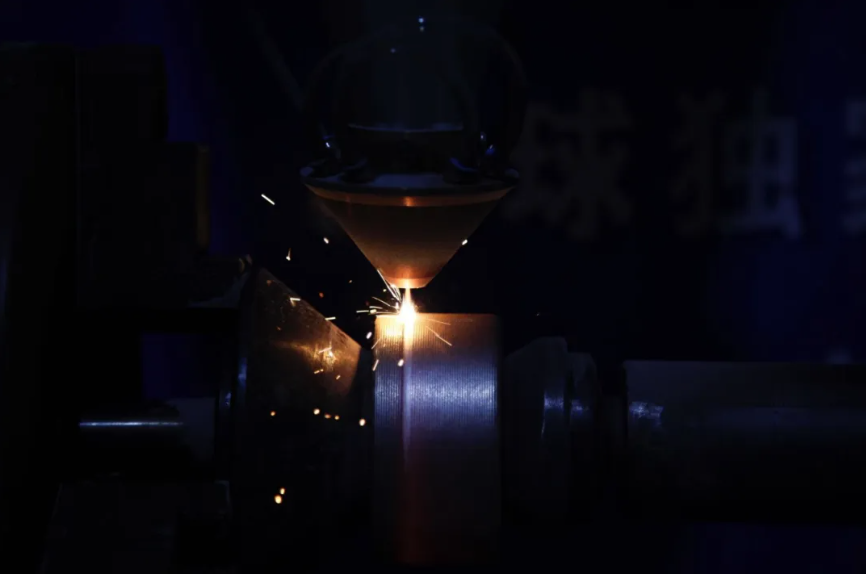IPG fiber laser giant launches new product
Recently, American fiber laser giant IPG Photonics announced the launch of a new laser designed specifically for the additive manufacturing field. This series of lasers incorporates IPG's original dual-beam technology, which is capable of independently regulating and emitting both core and ring beams simultaneously, thus setting a new benchmark in terms of precision, efficiency and reliability.
Relying on its deep heritage in the field of high-power lasers, IPG has launched two new dual-beam rack lasers, the YLR-1000/3000-AMB and the YLR-2000/2000-AMB. The new YLR-AMB series of lasers are built specifically for the additive manufacturing industry and offer the following unique advantages:
Leap in productivity: The YLR-1000/3000-AMB lasers can build materials such as Ti-6Al-4V at rates up to 324 cm³/h and at densities exceeding 99.9%;
Versatile processing capability: Combining single-mode and multimode outputs with a total power of up to 4 kW provides diverse processing options;
Heat distribution optimization: more optimized heat distribution is achieved by independently adjusting the core and ring beam, facilitating fast and high-quality construction;
Compact design: a slim 2U 19-inch (482.6 mm) rackmount design that not only facilitates integration but also saves significant space.
These innovations have been rigorously tested by a number of top additive manufacturing OEMs, and initial results confirm their superior performance, significant cost reductions and improved material utilization.
These new YLR - AMB lasers revolutionize the rules of additive manufacturing,” said Trevor Ness, Senior Vice President of Global Sales and Business Development at IPG. Our blend of high power, precise control, and application-specific optimization has enabled manufacturers to reshape productivity and cost efficiency.”
The YLR-AMB series of lasers excel in high-performance applications such as aerospace components, medical devices, and custom tooling. Key highlights include material performance optimization: specifically optimized for alloys such as Ti-6Al-4V (alpha-beta titanium alloy) and CuCr1Zr (copper-chromium-zirconium); and dynamic layer tuning: ewhich nsures that complex geometries with perfect overhangs are achieved.
Reading more at: https://www.mrj-lasermark.com/newslist-1




Comments
Post a Comment